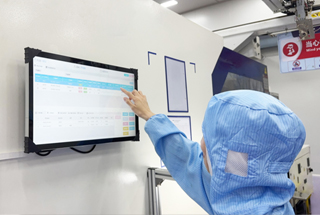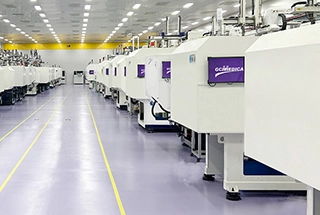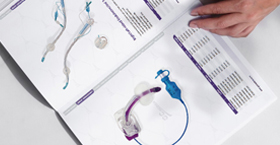Endoscopic camera protective covers are single-use or reusable sterile barriers designed to safeguard delicate imaging equipment during minimally invasive procedures. By enveloping the camera head and cable junction, these covers prevent fluid ingress, cross-contamination, and mechanical abrasion, extending device lifespan and ensuring consistent image quality. Available in a variety of materials and configurations, protective covers must meet stringent standards for transparency, tensile strength, and barrier integrity.
Key applications include gastrointestinal endoscopy, laparoscopy, arthroscopy, bronchoscopy, and urological procedures. Covers are typically made from medical-grade polyethylene, polyurethane, or thermoplastic elastomers, which combine optical clarity with puncture resistance. Some feature lubricious coatings to facilitate insertion and removal, while others include integrated seals or drawstrings to lock firmly around the scope handle. Sterilization compatibility (ethylene oxide, gamma irradiation, or autoclaving) varies by material and manufacturer instructions.
Optimal use involves inspecting each cover package for integrity before opening, carefully advancing the camera through the barrier to avoid wrinkles or folds, and securing the proximal seal to maintain a closed system. After the procedure, covers should be removed without contacting the external environment of the camera head and disposed of according to biohazard protocols if single-use, or reprocessed per validated cleaning and sterilization workflows if reusable.
Below is a summary table of common endoscopic camera protective covers and their defining characteristics:
| Feature | Description | Notes & Care |
|---|---|---|
| Material | Medical-grade polyethylene, polyurethane, or thermoplastic elastomer | Verify compatibility with sterilization method |
| Optical Clarity | ≥ 90% light transmission; anti-fog coatings available | Inspect for scratches or cloudiness before use |
| Seal Mechanism | Integrated drawstring, adhesive rim, or elastic cuff | Ensure snug fit around scope handle; prevent fluid leaks |
| Sterilization Methods | Ethylene oxide, gamma irradiation, autoclave (depending on cover type) | Follow manufacturer’s validated cycle parameters |
| Tear & Puncture Resistance | Tensile strength ≥ 10 N; puncture threshold ≥ 0.5 N | Check package integrity; discard if compromised |
| Packaging | Peel-apart sterile pouch with single-unit barrier | Open aseptically; avoid touching inner surface |
By selecting the appropriate cover—tailored to scope diameter, procedure type, and sterilization requirements—clinicians can minimize downtime and maintenance costs while upholding patient safety. Regular staff training on proper application and removal techniques, combined with rigorous inspection of barrier performance, helps prevent device contamination and preserves endoscopic image fidelity over repeated use.
Related Products:
- Adapter For Light Handle Cover
- Quick-change Endoscopic Camera Drape
- High Definition Endoscopic Camera Drape
- Elastomeric End Endoscopic Camera Drape


 Français
Français Español
Español Products
Products

 About Us
About Us











